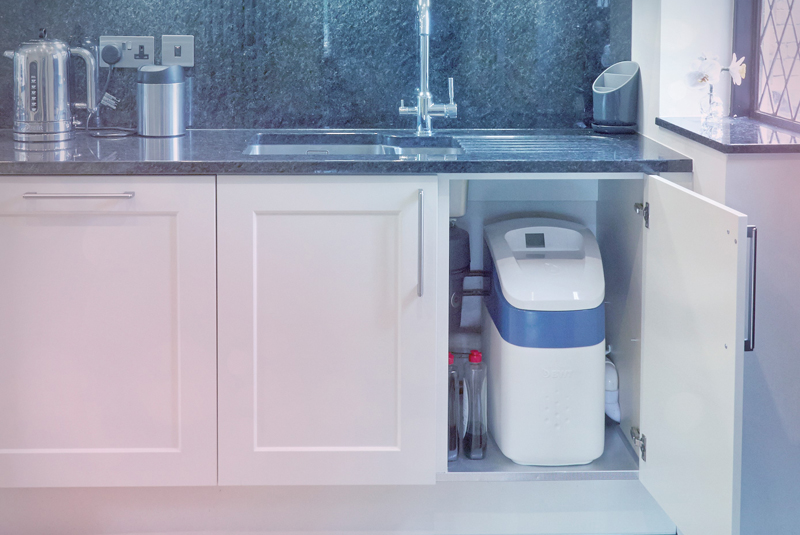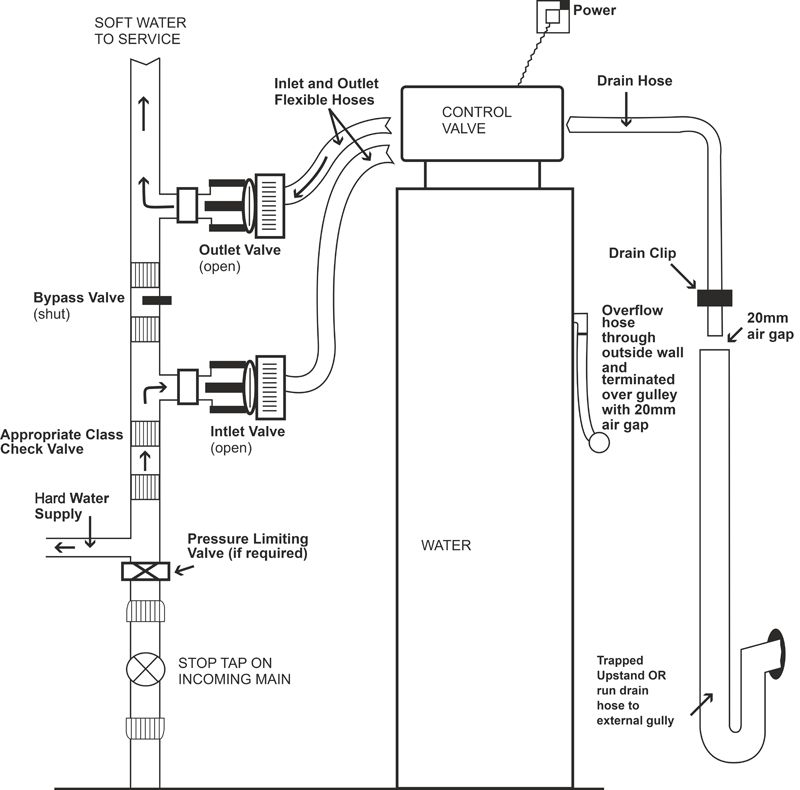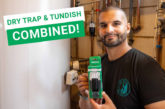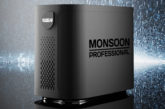
Kevin Ray, H&V Portfolio Manager at BEAMA, busts some common water softener myths and explains how adding them to your portfolio can help strengthen customer relationships.
For installers working in such a competitive sector, building strong relationships with customers is crucial to ensure repeat business. One of the best ways to build trust and set you apart from other installers is by providing expert advice on a number of issues.
One such problem which affects millions of customers throughout many parts of the UK is hard water, which is created when extra calcium and magnesium – picked up by fresh rainwater as it travels through the ground – are heated and deposit themselves as limescale.
This results in a number of issues including blocked up shower heads, damaged clothes and ruined appliances, meaning homeowners have to continually purchase cleaning products and spend time removing the limescale build up. What’s more, every 1.6mm of scale results in a 12% loss in heat transfer which leads to increased bills, making hard water a costly problem. The issues associated with hard water and limescale can, however, be completely eradicated if water softeners are fitted.
Providing the solution
Being able to provide advice and present a solution to the problems caused by hard water will position you as an expert on the issue, helping to build a strong relationship with the end user. As a result, it’s important to ensure you have a thorough understanding of how water softeners work.
Put simply, a water softener passes water through a container which houses thousands of tiny beads, which attract and retain the calcium and magnesium from the hard water. A lack of available information on water softeners has, however, led to a number of falsely constructed myths going unchallenged, making it difficult for installers to provide accurate advice to homeowners.
Water softener myths
It’s a common misconception that water softeners don’t work well with new boilers and central heating systems, when in fact a unit can actually be fitted with any boiler. A water softener installation must comply with BS 14743, which states that there must be a bypass valve which enables the softening unit to be isolated from the mains, while maintaining water supply to the end user. This means that the bypass valve can be used when filling or topping up a heating system, ensuring that radiators can be filled with water that has not been artificially softened.
Another incorrect myth which can often put homeowners off is that ‘water softeners make drinking water salty’ when, in fact, no salt actually enters the water supply. The misconception comes from the fact that a small amount of salt is used to clean the unit.
Additions to your offering
Providing a solution to an issue which impacts over 60% of homes in the UK will help you to build trust and ensure future business. This is particularly the case due to the amount of misinformation surrounding water softeners, which may have put you or the end user off previously.
Water softeners are also relatively easy to install. A unit joins the water system where the home’s stop cock is located and can be fitted in as little as three to four hours, with guidance readily available from each water softener manufacturer, making it an ideal solution to add to your offering.
Guiding light
To ensure you’re able to present your customer with all the facts surrounding water softeners, BEAMA has created a series of user-friendly guides for installers. The resources are said to provide a definitive source of information on hard water and water softeners in digestible formats and are backed by BEAMA members.
The move comes after figures from Monarch Water revealed hard water costs the UK over £1bn each year. It is now calling on installers to use the guides as part of its mission to save homeowners money, as well as helping installers use water softeners as a key tool in their day-to-day efforts to make a difference to their customers.
The series consists of four downloadable guides:
*A water softener mythbuster for installers
*A guide for homeowners on how to tell if they live in a hard water area
*A one-stop digest on water softeners for customers
*A top-tips piece for installers on how to help customers spot if their home is suffering from hard water
Kevin Ray said: “More than 60% of homes in the UK are supplied with hard water and suffer the effects of limescale on a daily basis. Having a water softener installed can save homeowners huge amounts of time and money, as well as make their experiences at home more comfortable. Our guides will help installers who want to use water softeners to make this difference to their customers, by informing homeowners not just of how to spot the effects of hard water, but also clue them up on just how easy it is to have one unit installed.
“The guides are a first for the industry, so we’re looking forward to seeing how installers utilise them to their best potential.”
www.beama.org.uk/heating-and-ventilation/water-softeners/plumbers-and-installers














